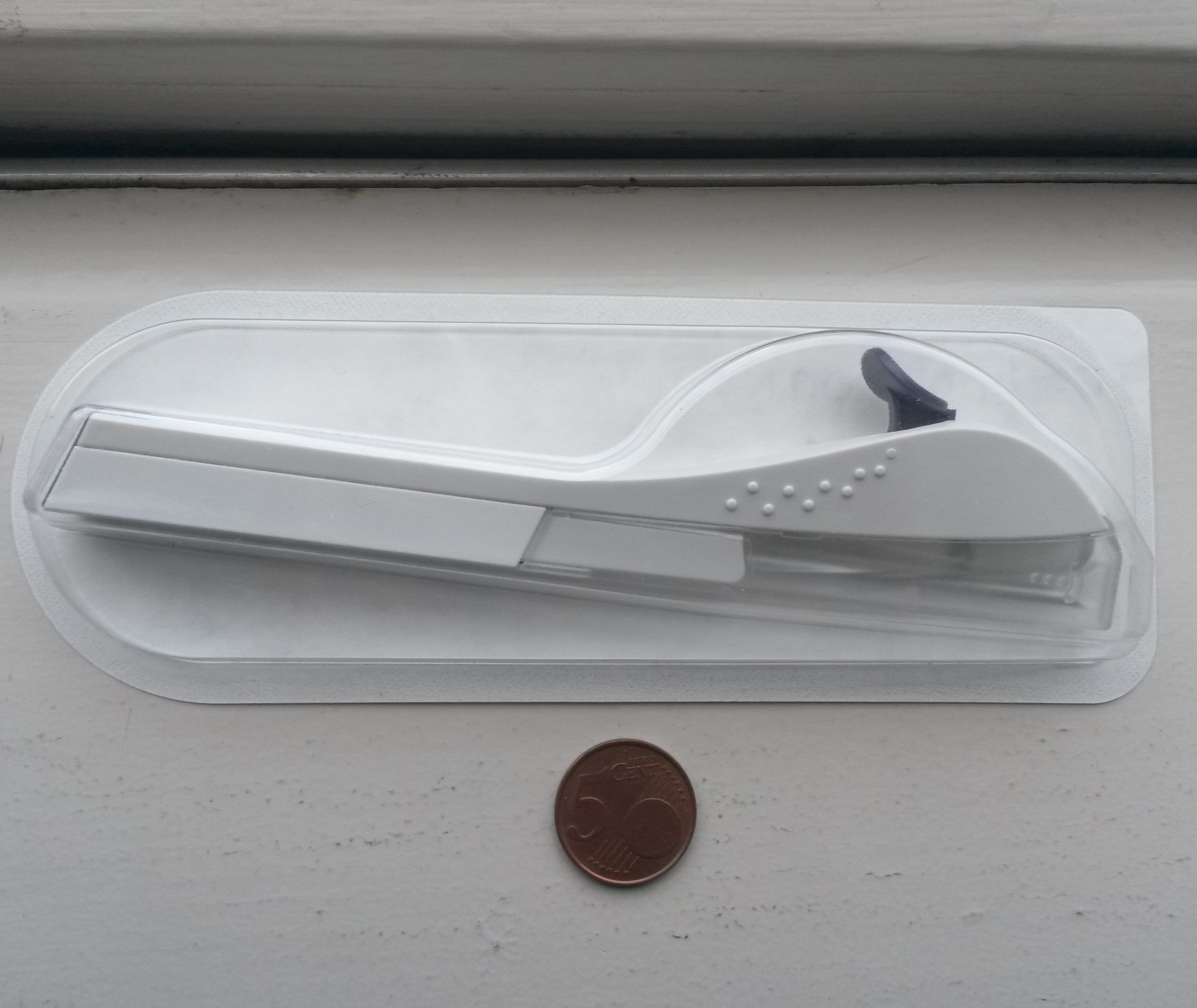| name | Hormonal Implants |
| Classification | Contraceptives, Hormone Replacement Therapy (HRT) |
| Pharmacokinetics | Hormonal implants release hormones (e.g., progestin, estrogen) into the bloodstream over an extended period. The specific pharmacokinetic profiles vary depending on the type of implant and the hormones used. Absorption is consistent and sustained, resulting in relatively steady hormone levels. Metabolism and excretion pathways are complex and involve various organs and enzymes. Precise pharmacokinetics should be confirmed by specific implant product information, considering individual patient characteristics and potential interactions with other drugs. |
| suggested dosage | Dosage and specific implant type vary widely based on the individual hormones and the manufacturer. Important Considerations: Hormonal implants are not appropriate for all patients and require specific medical advice. Consult a medical professional to determine the appropriate implant type, dosage, and duration. Self-treatment is strongly discouraged. |
| indications | | 1 | Contraception | | 2 | Hormone replacement therapy (e.g., for menopause symptoms) | | 3 | Treatment of certain medical conditions related to hormone imbalances (e.g., endometriosis, uterine fibroids, or prostate cancer; specific indications may vary by implant). |
|
| safety in pregnancy | Hormonal implants are absolutely contraindicated during pregnancy. Use should be discontinued immediately if pregnancy is suspected or confirmed. Prolonged exposure to hormones can have adverse effects on the developing fetus. This applies to all types of hormonal implants. |
| safety in breastfeeding | Safety is variable, depending on the specific hormones used and the specific product. Some formulations may be compatible with breastfeeding while others are not. Consult a healthcare professional to determine whether a hormonal implant is safe to use during breastfeeding. Hormones can pass into breast milk and impact the infant. |
| side effects | | 1 | Changes in menstrual bleeding (irregular periods, amenorrhea, spotting) | | 2 | Mood changes | | 3 | Weight changes | | 4 | Breast tenderness | | 5 | Headache | | 6 | Nausea | | 7 | Vaginal bleeding or spotting | | 8 | Skin reactions (at the implant site) | | 9 | Changes in libido | | 10 | Fluid retention | | 11 | Fatigue | | 12 | Hair loss | | 13 | Increased risk of blood clots (thromboembolism). This risk varies based on the hormones involved. Specific products contain warnings and precautions regarding clot risk. |
|
| alternatives | |
| contraindications | | 1 | Known hypersensitivity to any component of the implant. | | 2 | History of blood clots (thromboembolic disease) | | 3 | Liver disease | | 4 | Certain types of cancer | | 5 | Undiagnosed abnormal vaginal bleeding | | 6 | Pregnancy |
|
| interactions | Many medications can interact with hormones in the implants. Consult a doctor about other medications you are taking. |
| warnings and precautions | Careful monitoring is essential, especially during the initial period of use. Blood clots, stroke, or heart attack are rare but potential risks. Regular checkups and assessments are necessary to evaluate hormone levels and potential side effects. The risk of side effects and potential complications may vary based on the specific hormonal implant. |
| additional informations | Detailed information on specific hormonal implant products should be obtained from the prescribing physician. Patients should be fully educated on expected side effects, management options for adverse reactions, and necessary follow-up care to effectively address any potential concerns. |
| patient specific details | |

